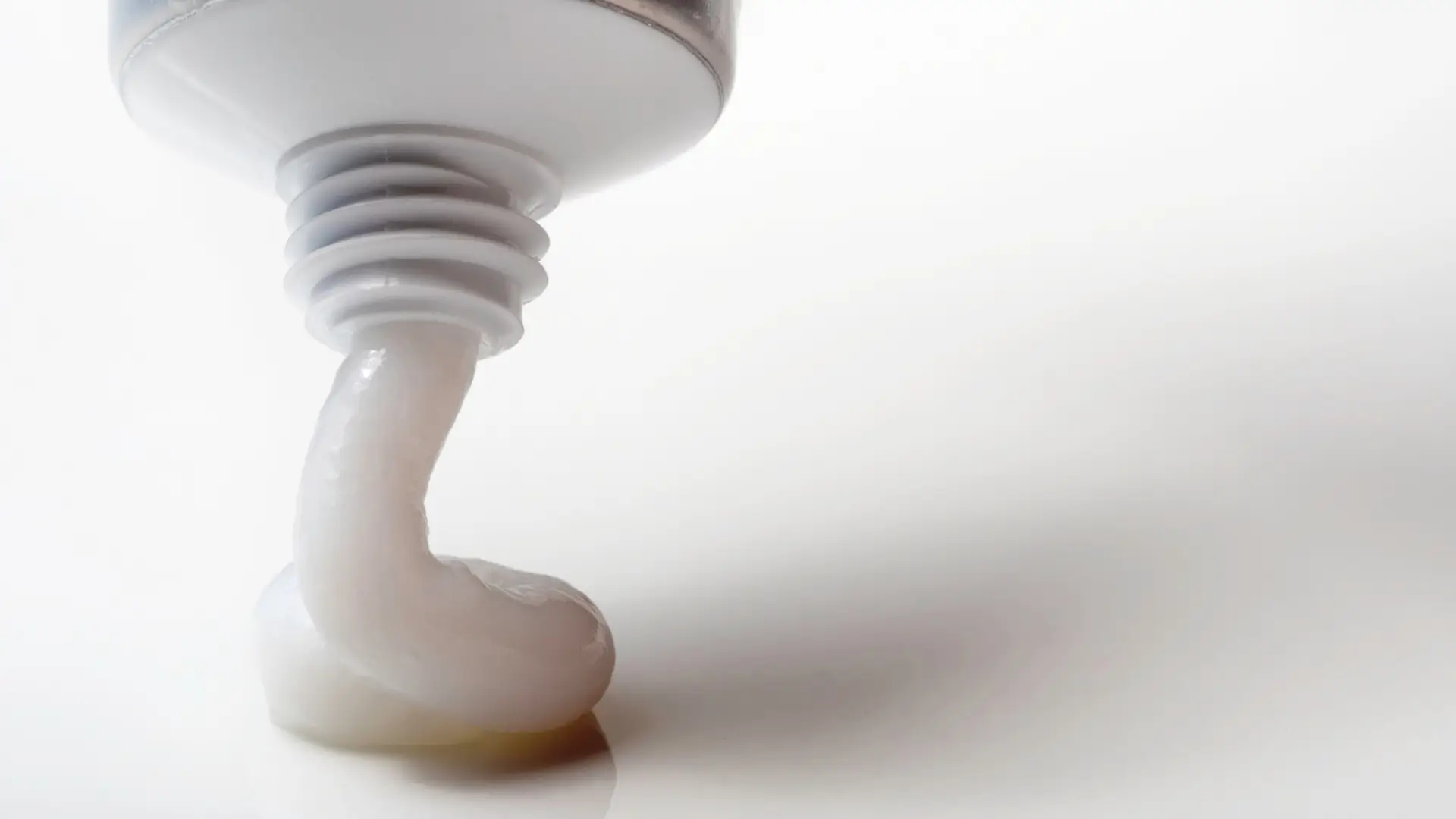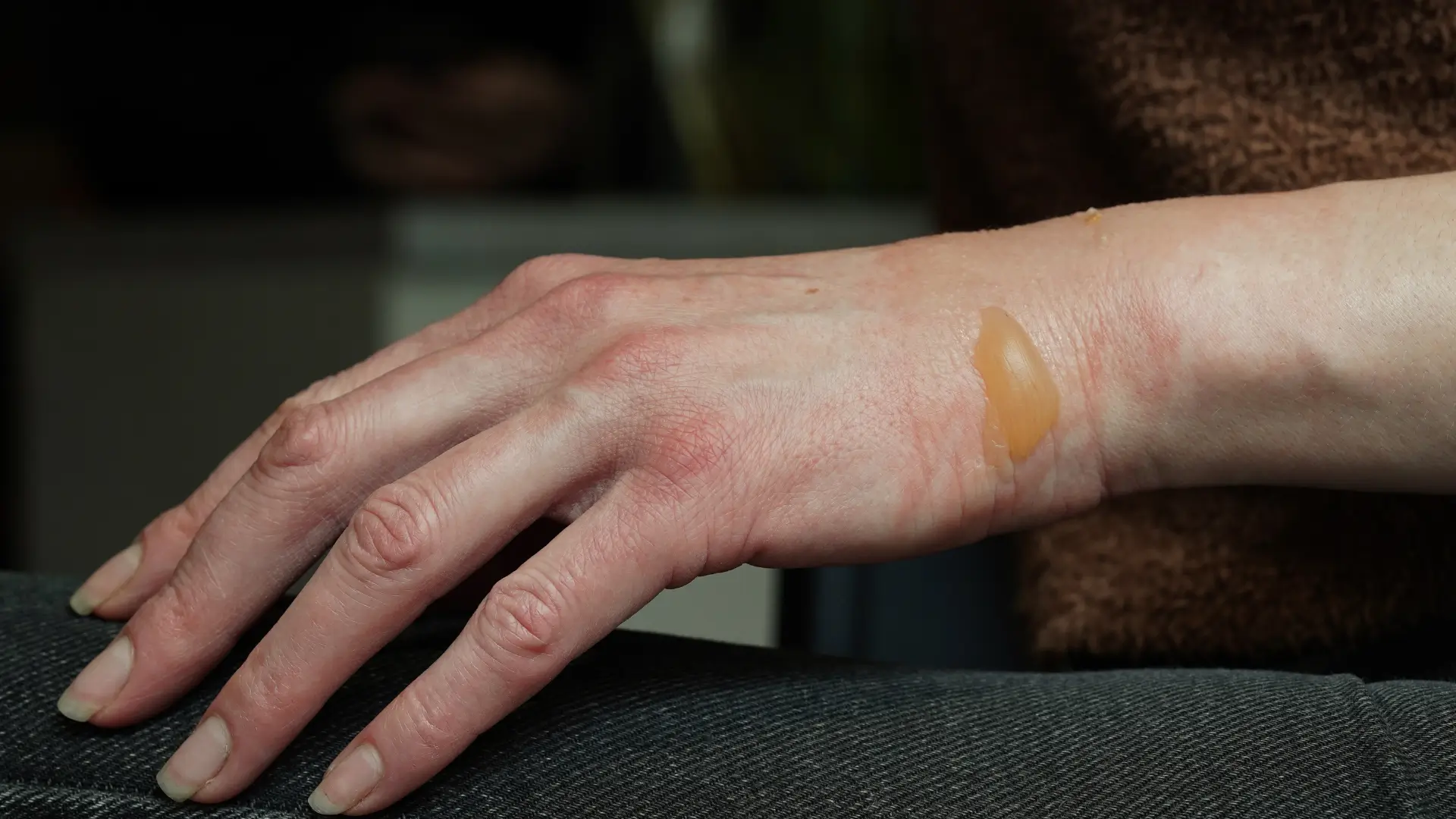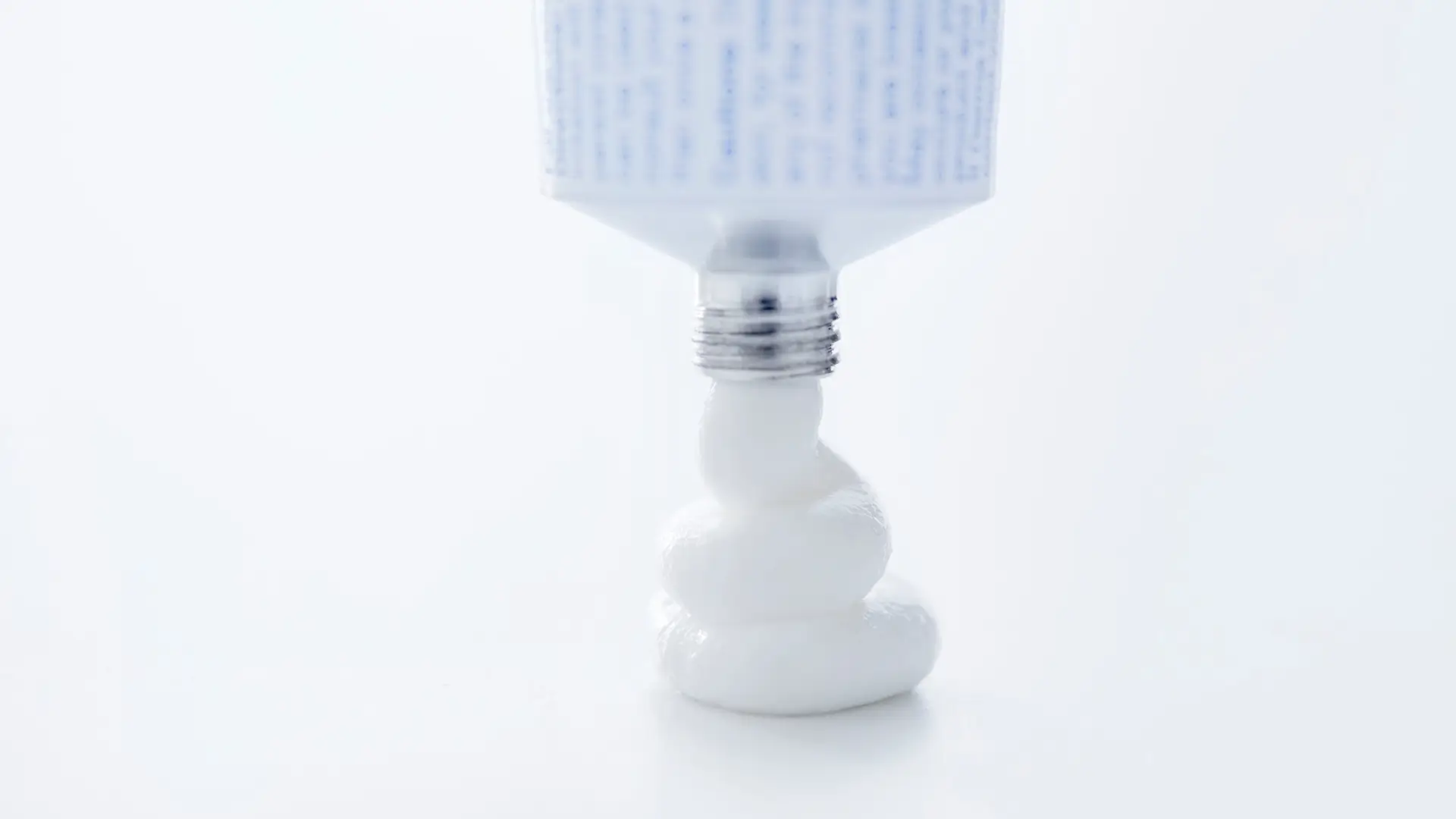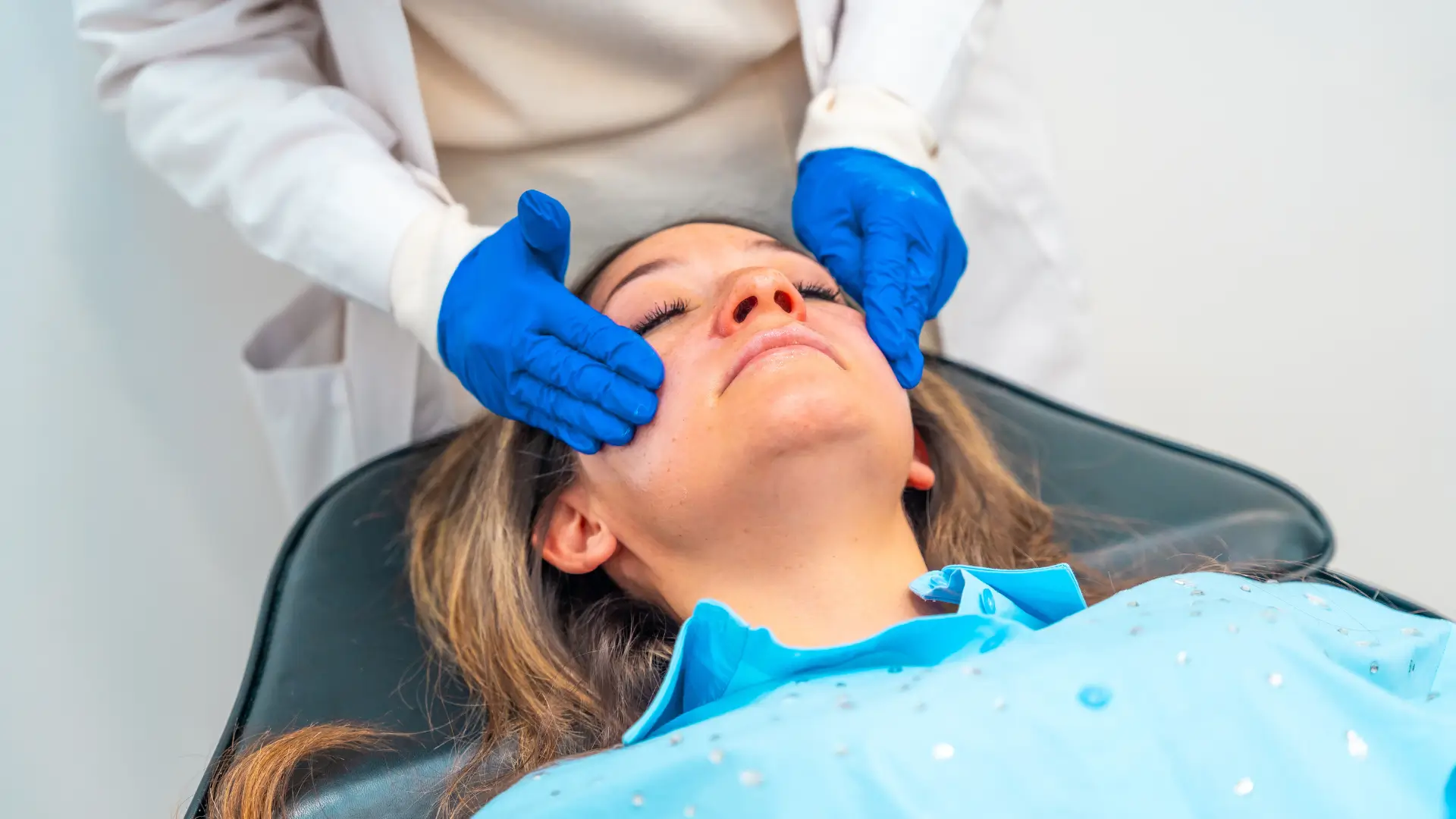Proper dosage is essential when using anesthetics, as exceeding recommended amounts can result in severe complications, including systemic toxicity. By administering the correct dose, healthcare professionals can ensure both patient safety and the effectiveness of the anesthetic during procedures.
Topical anesthetics are commonly used to numb the skin before minor procedures, and Emla Cream stands out due to its unique combination of two active ingredients that provide fast and reliable pain relief. For practitioners, it’s crucial to follow the recommended dosage to achieve the best results while minimizing any potential risks.
In this article, we’ll take a closer look at the recommended dosage for Emla Cream, its different uses, best practices for application, safety precautions, and important considerations for special populations to ensure it’s used optimally.
Key Takeaways
- Proper dosage of Emla Cream is crucial for effective pain relief and minimizing the risk of systemic toxicity during medical procedures.
- For minor dermal procedures, approximately 2.5 grams should be applied to a 20-25 cm² area of intact skin for at least one hour to achieve optimal numbing.
- Dosage guidelines vary for different patient demographics, including children and older people, making tailored applications based on age and body surface area essential.
- Using an airtight occlusive dressing after applying Emla Cream enhances absorption and effectiveness while ensuring patient safety during treatment.
About: Medica Depot is your trusted all-in-one supplier, offering a range of high-quality medical injectables and supplies. Our sales representatives can advise you on how to Buy Emla online today! Whether for health professionals, plastic surgeons, dermatologists, licensed estheticians, or other specialists, we can offer genuine, brand-name products you may need. With Medica Depot, we prioritize serving you better to improve the patient’s quality of life.
Recommended Cream Dosage for Different Medical Applications
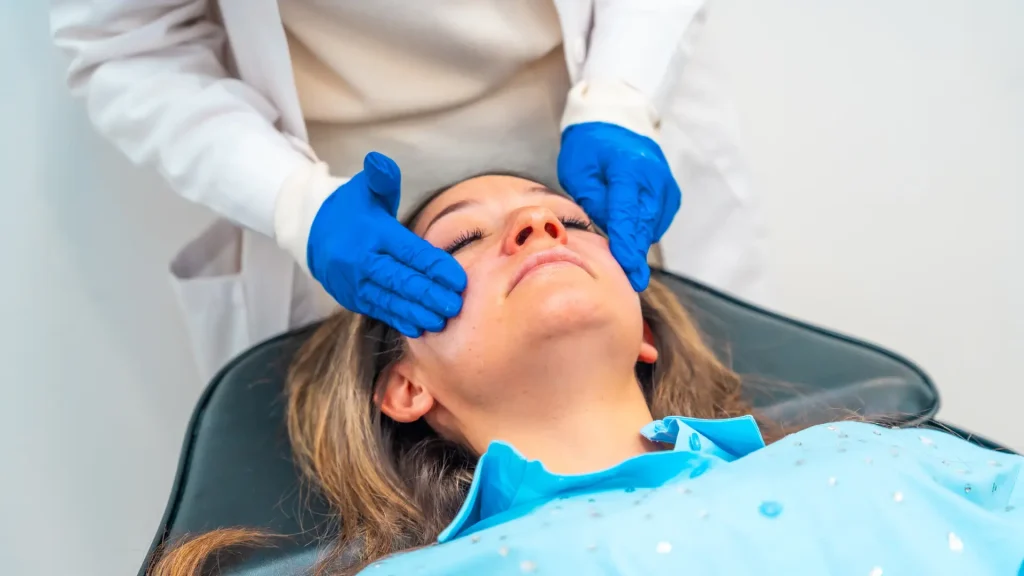
The manufacturer ensures that combining Emla Cream ingredients results in a safe and effective topical anesthetic for numbing the treatment skin area. Its two active ingredients, lidocaine and prilocaine, along with other inactive components, make this topical anesthetic cream highly effective. However, a doctor should carefully manage the dose and application time. These achieve optimal dermal analgesia outcomes and reduce the risk of side effects.
The recommended dosage or usual dose of Emla Cream depends on the specific medical procedure, the skin area, and the patient’s characteristics (e.g., age and weight). Following the Emla Cream dosage guidelines on the FDA label ensures effective pain relief while minimizing potential risks.
- Minor Dermal Procedures: Apply 2.5 grams of Emla Cream to a 20-25 cm² intact skin area, covered with an occlusive dressing for at least 1 hour.
- Major Dermal Procedures: Use 2 grams of Emla Cream per 10 cm² of skin, applied under an occlusive dressing for at least 2 hours.
- Adult Male Genital Skin: Apply 1 gram per 10 cm² for 15 minutes before local anesthetic infiltration.
- Pediatric Patients: Dosage varies by age and weight. For children aged 1-6 years, use up to 10 grams over a 100 cm² area, typically applied for 1 hour, with a maximum of 5 hours. Always follow pediatric dose guidelines and consult a doctor before use.
Age and Body Surface Area Considerations for Safe Use
Following these recommendations can provide effective pain relief for various medical procedures, but it’s crucial to understand several key considerations to ensure patient safety. In particular, adhering to the appropriate guidelines for pediatric and geriatric populations is essential when using Emla Cream.
- Pediatric Use: Emla Cream is not approved for infants younger than 37 weeks gestational age. For infants under 3 months, the maximum recommended dose is 1 gram on a 10 cm² skin area, applied for up to 1 hour. Children aged 1-6 years can use up to 10 grams on a 100 cm² area for a maximum of 4 hours. Always refer to FDA-approved guidelines and adjust the dose based on the child’s age and weight.
- Geriatric Use: While Emla Cream is generally safe for adults, elderly patients may have increased sensitivity due to age-related changes in skin. In these cases, it’s important to use the lowest effective dose and monitor closely for any problems or adverse reactions, especially because of potential increased systemic absorption. Elderly patients should discuss all medicines they take with their doctor, as certain drugs can increase anesthetic sensitivity.
Healthcare professionals should always follow the US FDA-approved label for Emla Cream, particularly when applying it to pediatric patients and elderly individuals. Close monitoring of both populations is essential to detect any unusual symptoms, allowing for prompt management or discontinuation if necessary.
Skin Application Time: Best Practices for Occlusion and Absorption Enhancement
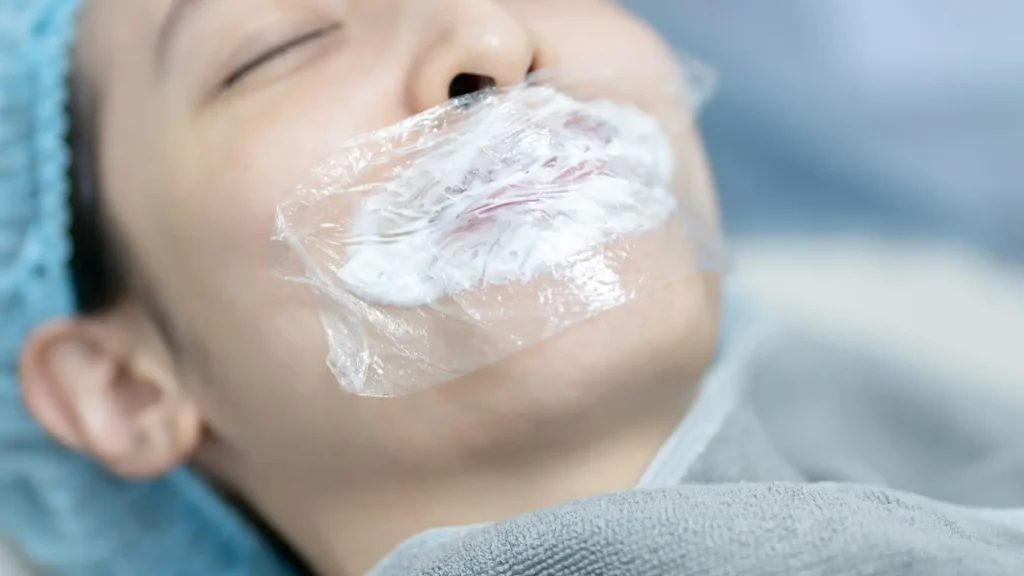
Apply an even, thick layer of Emla Cream to the target skin area, ensuring that the entire surface is covered. Avoid rubbing the cream into the skin, as this may reduce its effectiveness. The thickness of the layer should align with the recommended dosage for the specific procedure and the patient’s individual needs.
Once applied, immediately cover the area with an airtight, waterproof occlusive dressing. This helps create a sealed environment, preventing evaporation and enhancing the absorption of the active ingredients. Materials like plastic film or specialized medical dressings are ideal for this purpose.
Keep the occlusive dressing in place for the recommended time, typically 1-2 hours when using Emla Cream. While extended occlusion can improve absorption, it’s important to note that longer durations may increase the risk of systemic side effects.
To maximize the effectiveness of topical anesthetics like Emla Cream, it’s crucial to follow best practices for the dose, application, and occlusion. Proper techniques and the right dressings ensure the active ingredients are efficiently absorbed into the skin.
Dose Adjustments for Special Populations (Pediatrics, Elderly, Liver-Impaired Patients)

Emla Cream requires specific dosage adjustments for certain groups to ensure effective pain relief while minimizing the risk of side effects. Consulting with medical professionals is essential to ensure the safety and maximum effectiveness of the product.
Pediatrics
For infants, preterm infants under 37 weeks gestational age should not use Emla Cream. For infants aged 0-3 months weighing less than 5 kg, a maximum of 1 gram can be applied to a 10 cm² area for no more than 1 hour. Infants aged 3-12 months with more than 5 kg can use up to 2 grams on a 20 cm² area for up to 4 hours.
Children aged 1-6 years can use up to 10 grams over a 100 cm² area for a maximum of 4 hours. For children aged 7-12 years weighing more than 20 kg, up to 20 grams can be applied over a 200 cm² area for 4 hours.
Special care should be taken when treating children with atopic dermatitis, as they may experience skin irritation. Always follow pediatric guidelines and consult a healthcare professional for appropriate adjustments.
Elderly and Patients with Liver Impairment
For elderly patients, dosage adjustments may not be necessary. However, it’s important to highlight that age-related changes in metabolism can lead to a prolonged elimination half-life of both lidocaine and prilocaine, meaning that older individuals may retain the anesthetic in their system for longer periods. Healthcare providers should monitor elderly patients closely for any signs of adverse reactions.
For patients with liver impairment, dosage adjustments are crucial. Since lidocaine and prilocaine are primarily metabolized in the liver, individuals with liver dysfunction may struggle to break down these anesthetics, increasing the risk of systemic toxicity. Healthcare providers should carefully consider single doses versus repeated doses when treating these patients and adjust the dosage based on the severity of the liver condition.
Conclusion
Understanding the correct Emla Cream dosage and application techniques is crucial for effectively relieving pain during various medical procedures. The unique combination of lidocaine and prilocaine makes Emla Cream a trusted choice for topical anesthesia, but it’s vital to follow dosage instructions to ensure optimal results.
Special consideration should be given to different patient populations, such as pediatrics and the elderly, as their needs may differ. By adhering to the recommended guidelines, healthcare professionals can help ensure that patients achieve optimal numbness while minimizing the risk of complications.
FAQs
1. What is the recommended dosage of Emla Cream for minor dermal procedures?
About 2.5 grams of Emla Cream should be applied to a 20-25 cm² area of intact skin. It should then be covered with an occlusive dressing for at least one hour for minor dermal procedures.
2. How does the dosage differ for pediatric patients?
Dosage for pediatric patients varies based on age and weight. For example, children aged 1-6 years can use up to 10 grams on a maximum of 100 cm² for four hours. They require careful monitoring to avoid overapplication.
3. Why is an occlusive dressing important when using Emla Cream?
An occlusive dressing is essential because it enhances the absorption of the cream’s active ingredients. This improves its effectiveness while preventing evaporation and maintaining a sealed environment during the application period.
References
- Maximum Recommended Doses and Duration of Local Anesthetics | Iowa Head and Neck Protocols. (n.d.). Medicine.uiowa.edu. Retrieved March 19, 2025, from https://medicine.uiowa.edu/iowaprotocols/maximum-recommended-doses-and-duration-local-anesthetics
- EMLA Application Dosing | If you don’t like getting needles from the doctor – you are not alone. (n.d.). Www.emla.ca. Retrieved March 19, 2025, from https://www.emla.ca/wp-content/uploads/2023/12/EMLA-Dose-Card-EN.pdf
